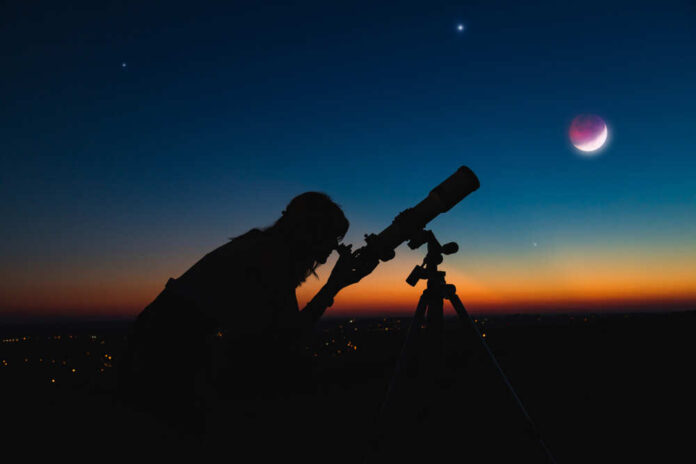
(StraightShooterNews.com) – Tonight, skywatchers should look up to the sky to catch a glimpse of a rare celestial event: Comet 13P/Olbers is swinging by Earth.
Named after the astronomer Heinrich Olbers who discovered it in 1815, this comet has a 69-year orbit.
Comet 13P/Olbers is a periodic comet—a celestial body that completes an orbit in less than 200 years. It is the 13th periodic comet ever identified, hence its designation.
NASA classifies this comet as a “Near Earth Asteroid” due to its close orbit to our planet, although it poses no threat.
On this particular approach, Comet 13P/Olbers will come within 1.9 astronomical units (AU) of Earth—about 284 million kilometers away.
One AU equals the average distance from the Earth to the Sun.
The comet’s journey around the sun is quite extensive. At its nearest, it comes within 1.18 AU of the sun and stretches out to 32.64 AU at its farthest.
It is now nearing its perihelion, the closest point to the sun in its orbit, which occurs today. The comet will reach its nearest point to Earth later, on July 20.
Comet 13P/Olbers’s orbit is elliptical and requires 25,400 days to complete a full orbit. The Minor Planet Center of the International Astronomical Union last officially recorded it on September 12, 1956.
According to StarWalk, the comet will be visible today with the aid of binoculars and is expected to reach a maximum brightness of 6.5.
It is currently moving through the lower region of the Lynx constellation and will begin crossing above Leo Minor by mid-July.
For those eager to spot Comet 13P/Olbers, several resources are available.
Apps like Sky Tonight can provide maps that help locate the comet in the night sky, making it easier for enthusiasts to observe this rare visitor.
Copyright 2024, StraightShooterNews.com














